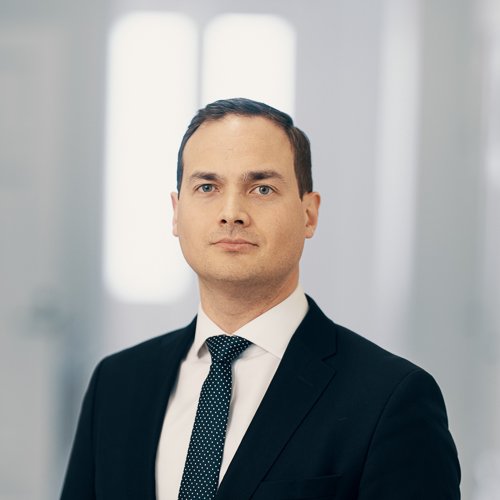How interest rates will behave in the near future has been one of the persistent topics of discussion among investors. I currently see three routes that interest rates are likely to take that investors should consider: a continuation of the rise into the middle of next year, remaining at their current level, or a coming decline.
The first scenario envisions a continued rise in the key policy rates, but it is one which I don’t myself consider to be very likely based on the latest data available. Neither does the latest European Central Bank (ECB) rate decision nor the subsequent communications to the market support this scenario either. Still, it’s important to be prepared for this potential risk if inflation does not recede.
If this were to happen, the fixed income investments that would suffer from continued rate hikes are the ones that are long in duration, i.e., those which have a long time to maturity and repayment – exactly what we have seen in the past few weeks. Currently, the inverted yield curve assumes that inflationary pressures will fall, the economy will weaken, and the policy rates will start to decrease. However, if the probability of a rate rise were to increase, I would advise investors to keep their investments at the short end of the spectrum, i.e., short maturity corporate bonds, along with some corporate bonds that mature in the medium term. These offer good yields and moderate interest rate risk, so that small surprises do not have much impact.
Staying at current levels is good for fixed income investors
The second scenario, in which rates would remain where they are for at least a year, would be positive news for fixed income investors. A fixed income investor is not only interested in this year’s returns, but also in what the next few years will bring. The longer interest rates remain high, the longer we can enjoy these high returns.
I advise investors who believe that interest rates will remain stable to also hold longer maturity fixed income investments in addition to shorter-term bonds. I would prefer to focus on 3–5-year bonds in addition to the broader Investment Grade market.
At the moment, the interest rate curve is inverted. That is, the shorter the loans, the higher the risk-free rate. As you go to longer maturities, the risk-free rate goes down. That's when you should take that attractive yield for short maturities, and then rethink your portfolio strategy when it starts to become clearer which way the interest rate market is moving. However, the Investment Grade market is attractively priced in terms of credit spreads, so it's worth allocating some of the portfolio to that market too.
High Yield bonds with higher credit risk should also be kept in the portfolio, even if the yield differentials are not wide as they have been relative to that market’s recent history. It's good to have them included because the 7.5 percent yield is high enough to withstand quite a lot of negative surprises.
And if rates fall?
A third scenario would show clear signs that rates are coming down, in which case I advise extending the duration of fixed income investments. It is likely that interest rates will start to fall once economic growth has slowed and inflation has fallen close to the ECB's 2 percent target.
In this environment, the absolute yields on corporate bonds would benefit greatly from a reduction in interest rates and the Investment Grade market, in particular, would stand out as attractive due to its longer duration and recession-proof strong balance sheets. Historically, Investment Grade market returns have been strongest when GDP has been falling, driven in particular by falling interest rates.

